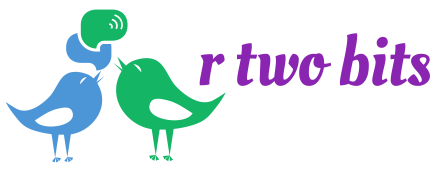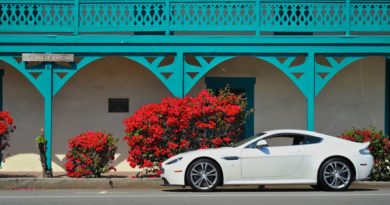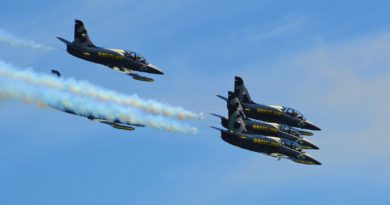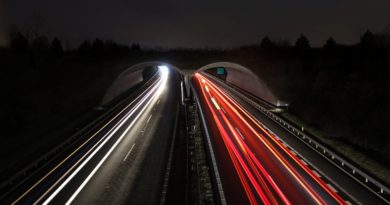The Greatest of All Time?
Now there’s a question for the ages. The greatest of all time for what? How about making this completely open-ended, like who’s the GOAT for all of humanity? I’m guessing most people would say Jesus, or Mohammed, or Siddhartha Gautama (Buddha). Okay, I’ll bow to that one. But outside religious figures, what do you think?
After reading my second biography of this man, I nominate Leonardo da Vinci. He’s described as ” a man of eye-catching beauty and grace. He had golden curls, a muscular build, remarkable physical strength, and an elegance of bearing when he was walking or riding a horse,” wrote Antonimo Gaddiano. He has also been described as a bit of a dandy, a homosexual, a cordial and collegial man about town. Largely self-educated, he was the illegitimate son of a prominent notary. In those days, notaries were much like lawyers.
Walter Isaacson has written the latest, greatest version, published in 2017. It’s an absolutely fascinating account of a life Kenneth Clark called, “The most relentlessly curious man in history.” The person for whom the term “Renaissance Man” was coined, Leonardo, possibly more than anyone in history, embodied the best facets a man for all seasons could attain.
Leonardo is often criticized as a man with a penchant for walking away from art commissions and projects, leaving them unfinished. There is no doubt he abandoned projects. The Last Supper, Adoration of the Magi and the Battle of Anghiari are notable examples. He has been called an overrated failure. I strenuously object.
His problem was he was a perfectionist. His projects were ambitious. He was constantly learning and experimenting as they progressed. Never satisfied with his newly invented painting techniques of sfumato and chiaroscuro, he was continually improving upon them. For him, a work was never finished; they were products of endless learning. As such, they were always subject to improvement. He continued to work on the Mona Lisa for 14 years right up until his death.
“His curiosity impelled him to become among the handful of people in history who tried to know all there was to know about everything that could be known. Leonardo was a genius, but more: he was the epitome of the universal mind, one who sought to understand all of creation, including how we fit in it. He wasn’t graced with the type of brilliance that is completely unfathomable to us. Instead, he was self-taught and willed his way to genius.”1
Arthur Schopenhauer noted, “Talent hits a target no one else can hit. Genius hits a target no one else can see.” That was Leonardo. His powers of observation, analogy, correlation and connection were off the scale exceptional. According to Isaacson, “What made Leonardo a genius, what set him apart from people who are merely extraordinarily smart, was creativity, the ability to apply imagination to intellect. His facility for combining observation with fantasy allowed him, like other creative geniuses, to make unexpected leaps that related things seen to things unseen.”2
Not only was he the most skilled painter of his time, and possibly in all of history, he made scientific discoveries centuries ahead of his time. How do we know this? Because his notebooks, never published and so never widely disseminated, are filled with observations, discoveries, and conclusions not realized again for anywhere from 200 to 450 years. Incredible! He observed, before Galileo and Copernicus that “the sun does not move,” that the moon did not make its own light, but reflected sunlight; he deduced why fossils of sea animals are found in the mountains or far inland and pioneered ichnology a field of study that didn’t come into existence for another three hundred years. His studies of rock strata and sedimentation were two hundred years ahead of his time.
He was able to surmise that as in liquids, the energies of sound, light, magnetism and percussion all propagate in waves. He also demonstrated wave diffraction, and even viewed emotions as traveling in waves. He observed fluid drag and how it causes vortexes, whirlpools and eddies, and described the Coanda effect not formally identified until Henri Coanda did it in 1910.
He felt everything in nature was interconnected. Man echoed the systems found in nature and vice versa; veins mimicked rivers, arms, legs, fingers and toes mimicked trees. Patterns in nature were repeated everywhere. “Man is the image of the world,” he wrote.
His study of anatomy was groundbreaking and particularly for the time, astounding. His description of the aortic/heart intersection, its triangular opening and multi-leaf valves, now known as the Sinuses of Vasalva, should rightly be called those of Leonardo, as he described them two hundred years before Vasalva. Even more incredibly, his understanding of fluid dynamics allowed him to correctly describe, model and experimentally verify the blood flow and function of the aortic heart valve. He said the valve closed as a result of the blood swirling, causing the leaflets of the valve to spread out and cover the opening. It was not closed, as universally thought until the twentieth century, by back pressure from the blood. Not until the 1960s was Leonardo’s function of the valve correctly verified by modern science!
Just as Leonardo’s anatomy informed his art, so his art and engineering assisted his anatomical studies. He was the first to use the sculptural techniques of modeling and casting to map the hollow cavities, the cerebral ventricles, of the brain. These techniques also allowed him to model the heart.
His study of friction led him to discount the possibility of a perpetual motion machine hundreds of years before others, led him to the use of ball and needle bearings and lubricants not used until the 1800s, and to invent tools to measure the co-efficient of friction or drag. All two hundred years ahead of anyone else. His other studies and experiments led him to realizing several of Sir Isaac Newton’s laws of motion. Two hundred years before Bernoulli’s principle he correctly described the concept as well as that of lift over a wing, thereby foretelling the future of flight. He developed the concept of an object’s center of gravity and described how to calculate it for complex shapes.
The list goes on and on. And these are only some of the discoveries found in his seven surviving notebooks. According to Francesco Melvi, his assistant and companion, he had at least 18 notebooks. Imagine what other discoveries, thoughts, art, engineering and observations were in those lost works! Contemplate this for a moment – we know less than half of what he created, yet what we know still makes him one of the most prolific and incredible minds of all time.
Insatiable, relentless curiosity. A brilliant mind. “He saw the beauty in both art and engineering. HIs ability to combine them is what made him a genius,” said Steve Jobs.3
“Leonardo da Vinci is the ultimate example of the ability to make connections across disciplines – art and science, humanities, technology – the key to innovation, imagination and genius.”4
There’s my nomination. So much more than an artist, there was nothing that didn’t interest him. Imagine a life where every day brings new things to observe, to learn, to imagine, to create. Curiosity never ceases to be the driver of motivation. Stir in imagination and, as Leonardo demonstrated throughout his life, not even the sky is the limit.
- Isaacson, Walter. Leonardo da Vinci, Simon & Shuster, New York, 2017. p.519 ↩︎
- Ibid. p. 518 ↩︎
- Ibid. p. 3 ↩︎
- Ibid. p. 3 ↩︎




